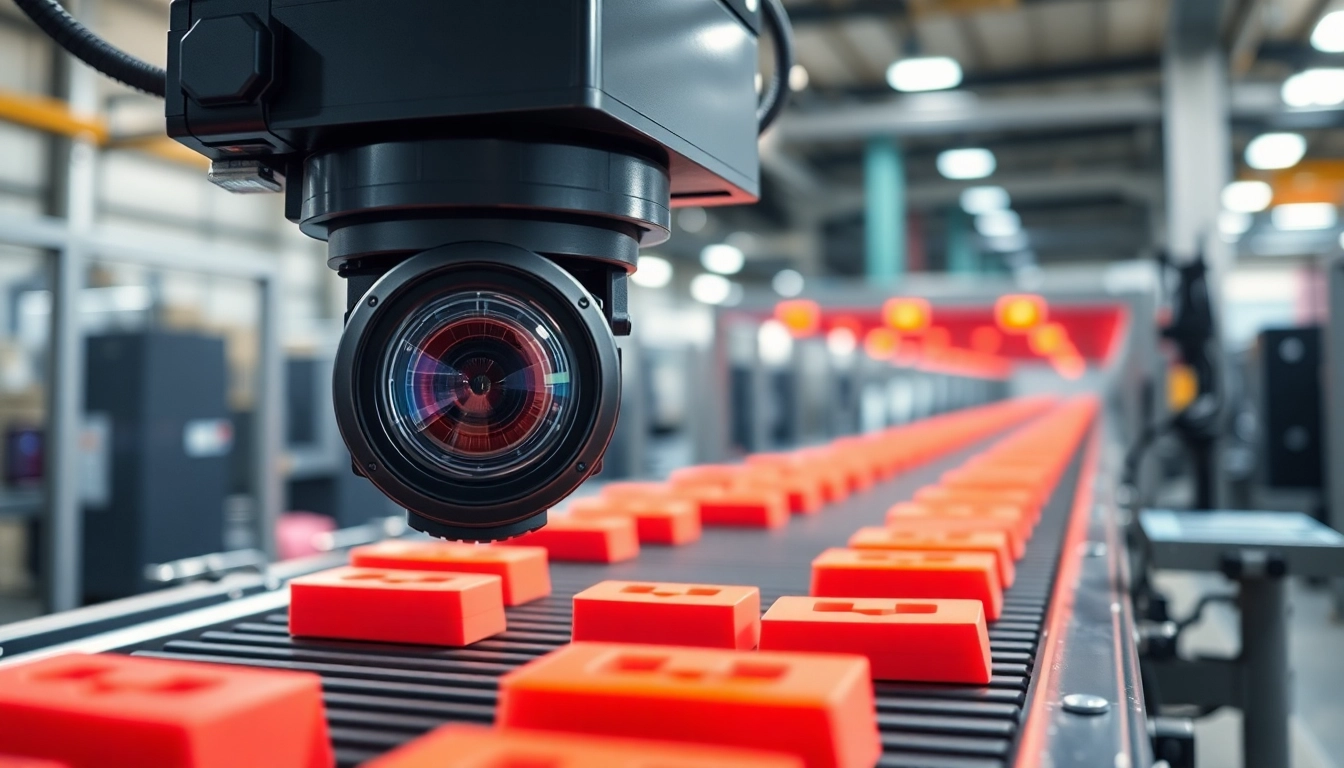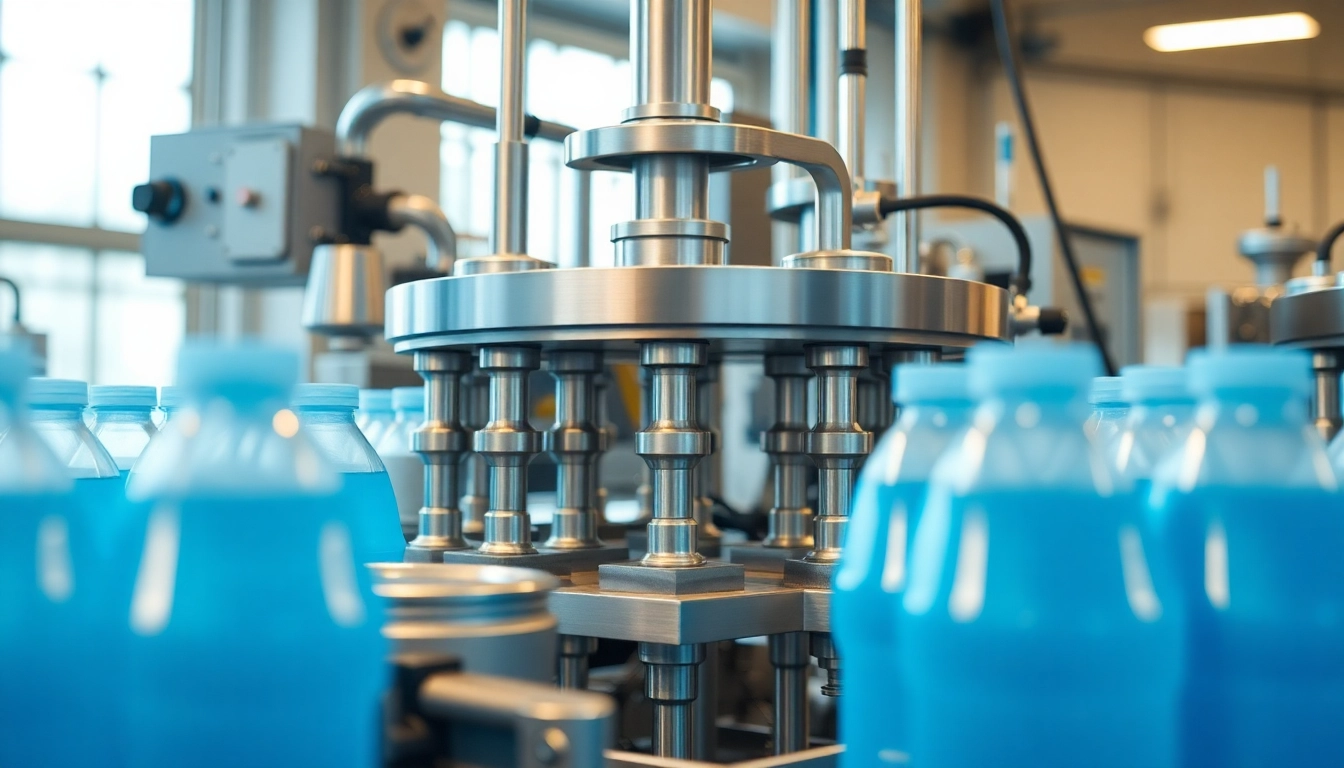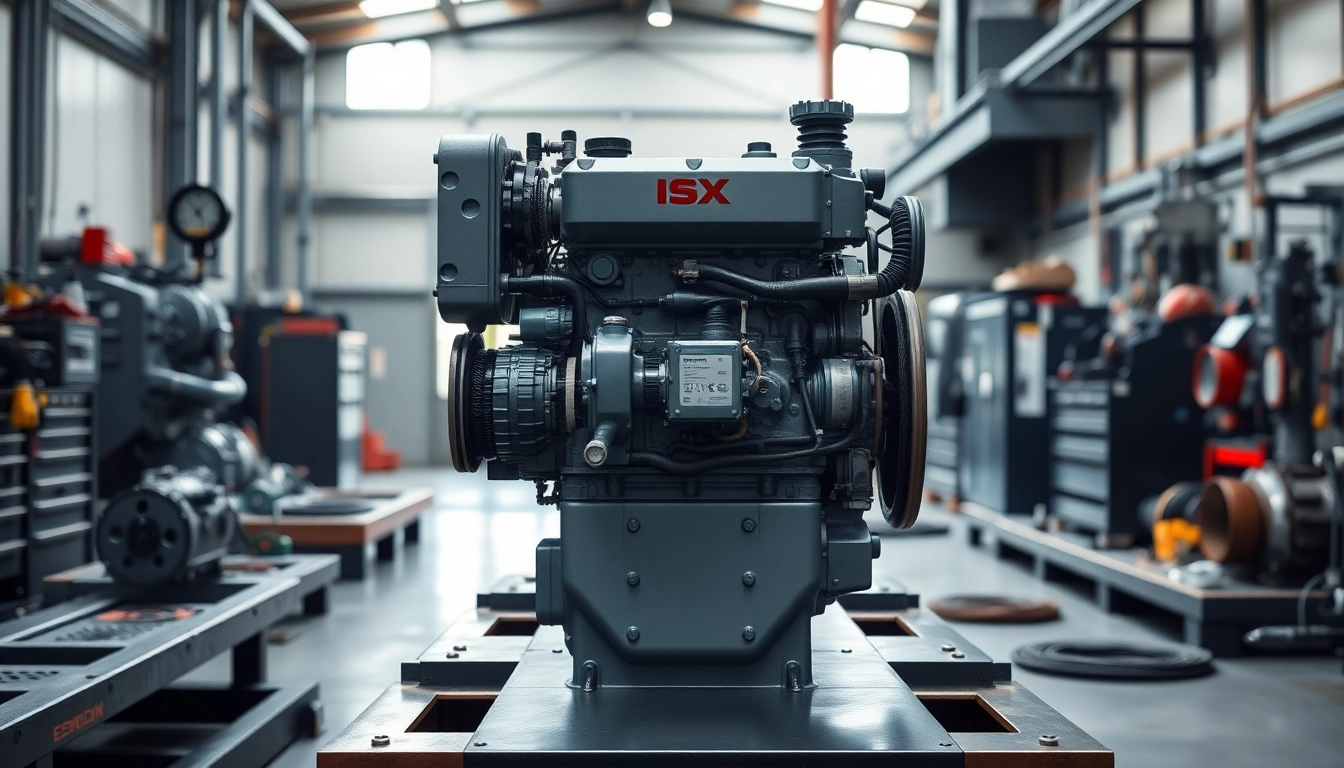1. Introduction to Machine Vision
In the rapidly evolving landscape of industrial automation, machine vision has emerged as a game-changing technology. It integrates sophisticated imaging technologies, computer algorithms, and artificial intelligence to empower machines to interpret visual information. This intersection of hardware and software allows for enhanced decision-making processes, driving efficiency and accuracy in various applications ranging from manufacturing to logistics.
1.1 What is Machine Vision?
Machine vision refers to a technology that enables computers and machines to interpret and comprehend visual information from the world. It involves the use of cameras, sensors, and sophisticated algorithms that mimic human optics and intellect. The primary objectives of machine vision are to automate visual inspection and enhance processes related to quality control. Through the application of advanced image-processing techniques, machines can detect defects, ensure precise measurements, and guide decision-making, thus optimizing operational efficiency.
1.2 Importance of Machine Vision in Industrial Automation
The deployment of machine vision systems in industrial automation has become fundamental for several reasons:
- Quality Control: Machine vision systems enhance the consistency and reliability of product quality by performing real-time inspections which are far superior to manual checks.
- Speed and Efficiency: Automated inspections take significantly less time than manual processes, driving higher throughput rates.
- Cost Reduction: Though the initial investment might be high, the long-term savings from reducing waste, rework, and labor costs add up considerably.
- Adaptability: Machine vision systems can be programmed for various tasks, allowing for quick reconfiguration in changing production environments.
1.3 Key Terms and Definitions
Understanding machine vision involves familiarizing oneself with certain technical terms:
- Image Acquisition: The process of capturing visual information through cameras or sensors.
- Image Processing: The application of algorithms to interpret, analyze, and enhance captured images.
- Feature Extraction: Identifying significant components from an image that are useful for further analysis.
- Pattern Recognition: Enabling the identification of specific patterns or objects within an image.
2. How Machine Vision Works
2.1 Core Components of Machine Vision Systems
A machine vision system typically comprises several integral components:
- Cameras: These capture images of the objects in question. They can vary widely in specifications, resolution, and technology, such as CCD or CMOS type.
- Lighting: Proper illumination is essential for accurate image acquisition. Various types of lighting, such as LED, halogen, or fluorescent, are used to enhance visibility.
- Processing Unit: The CPU or GPU processes the captured images and runs the necessary algorithms.
- Software: This is where the machine vision algorithms reside. They analyze images, extract features, and facilitate interpretation.
- Outputs: The results from analysis, which can include visual feedback, control signals for robotics, or data logs for further analysis.
2.2 The Role of Software in Machine Vision
Software plays a crucial role in defining the parameters of a machine vision system. It can perform operations such as:
- Image Processing: Altering images for better analysis, such as enhancing contrast or filtering noise.
- Decision Making: Based on preset conditions, the software can determine if a product meets quality standards.
- Learning Algorithms: Advanced systems utilize machine learning techniques to improve the accuracy of defect detection over time.
2.3 Processing Images: From Capture to Analysis
The flow of image processing typically follows a structured path:
- Image Acquisition: Initial capturing of the image as per the defined parameters.
- Pre-processing: Enhancement techniques such as normalization, denoising, and adjusting brightness.
- Segmentation: Dividing the image into meaningful parts to analyze distinct features.
- Feature Extraction: Determining relevant characteristics that facilitate recognition and classification.
- Decision Output: Generating results based on the processed data, which can initiate actions or trigger alerts.
3. Types of Machine Vision Technologies
3.1 1D vs. 2D vs. 3D Machine Vision Systems
Machine vision systems can be classified based on dimensional analysis, each serving unique requirements:
- 1D Systems: These typically involve analyzing linear components such as barcodes or wires. They are used for measuring and verifying length, width, and presence.
- 2D Systems: More advanced, 2D systems analyze images on a two-dimensional plane, allowing the identification of shapes, colors, and surface defects.
- 3D Systems: These utilize depth perception features to analyze the geometric shapes and volumes of objects. They are invaluable in complex inspections where spatial relationships are crucial.
3.2 Utilizing AI in Machine Vision
The integration of artificial intelligence has revolutionized machine vision, offering capabilities like:
- Improved Accuracy: Advanced algorithms can identify defects that are often missed with traditional methods.
- Adaptive Learning: AI systems continually improve their performance as they encounter new data, enabling them to adapt to new products without extensive reprogramming.
- Predictive Maintenance: AI can analyze trends and predict potential system failures, ensuring that maintenance is proactive rather than reactive.
3.3 Optical Techniques and Cameras Used in Machine Vision
Different optical technologies enhance machine vision capabilities:
- Telecentric Lenses: These allow for accurate measurements by minimizing perspective distortion.
- Infrared Cameras: Used for thermal imaging in applications that require heat detection.
- High-Speed Cameras: Essential for capturing fast-moving objects, crucial in high-speed production lines.
4. Applications of Machine Vision
4.1 Quality Control and Defect Detection
One of the most compelling applications of machine vision is in quality control. By analyzing products at various stages of manufacturing, these systems can:
- Identify Defects: Machines can detect imperfections that would be overlooked by human inspectors.
- Ensure Compliance: Products can be evaluated against predefined quality standards.
- Automate Reporting: Vision systems can log quality metrics automatically, providing data for continuous improvement.
4.2 Assembly Verification and Guidance
Machine vision systems also play an essential role in the assembly process. They can:
- Verify Part Presence: Ensure that all necessary components are in place before proceeding to the next step.
- Guide Robotic Arms: Assist in precision tasks, ensuring that objects are positioned correctly.
- Reduce Errors: Automated checks minimize human error, enhancing productivity and accuracy.
4.3 Barcode Scanning and Logistics Tracking
Machine vision technology streamlines logistics operations significantly:
- Efficient Scanning: High-speed cameras can scan barcodes and QR codes rapidly, reducing wait times.
- Real-Time Tracking: Products can be tracked at every stage of the supply chain, enhancing transparency and accountability.
- Data Collection: Capturing relevant logistics data helps in improving operation workflows and inventory management.
5. Future Trends in Machine Vision
5.1 Machine Vision in Emerging Technologies
The future of machine vision is bright, particularly in emerging technologies such as:
- Autonomous Vehicles: Machine vision is essential for navigation and object detection, enabling cars to operate independently.
- Smart Factories: The integration of IoT and AI promises more cohesive systems where machine vision plays a pivotal role in real-time analytics.
- Healthcare Applications: Machine vision aids in diagnostic imaging and surgical procedures, enhancing precision in patient care.
5.2 Integrating Machine Vision with Other Technologies
Future developments will see machine vision integrating seamlessly with other advanced technologies:
- IoT Integration: By connecting machines to the internet, data flow can enhance monitoring and predictive analytics.
- Cloud Computing: Utilizing cloud resources for processing power can enhance the capabilities of machine vision systems, enabling sophisticated machine learning models.
- Big Data Analysis: With increased data collection, machine vision can leverage big data tools to extract deeper insights and improve efficiency.
5.3 The Impact of Machine Vision on Industry 4.0
Machine vision is a cornerstone of Industry 4.0, characterized by:
- Automation: Enabling processes to operate with minimal human intervention contributes significantly to operational efficiency.
- Real-Time Data Analysis: Immediate access to performance metrics empowers decision-making and rapid problem resolution.
- Increased Customization: Enhanced flexibility in production lines allows for customization of products based on real-time demand.



